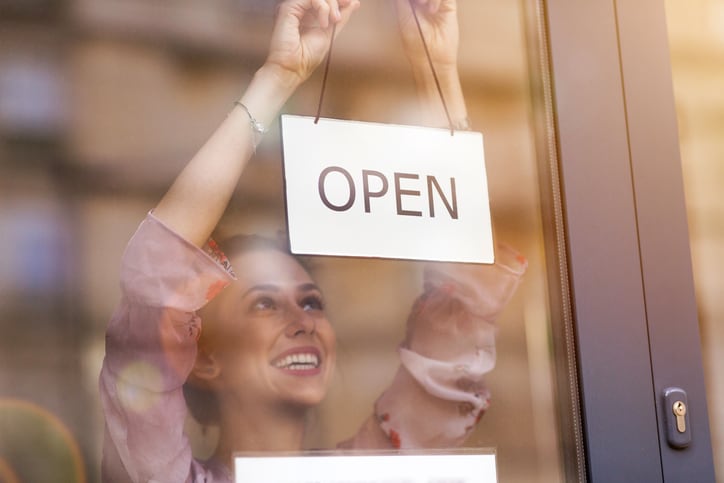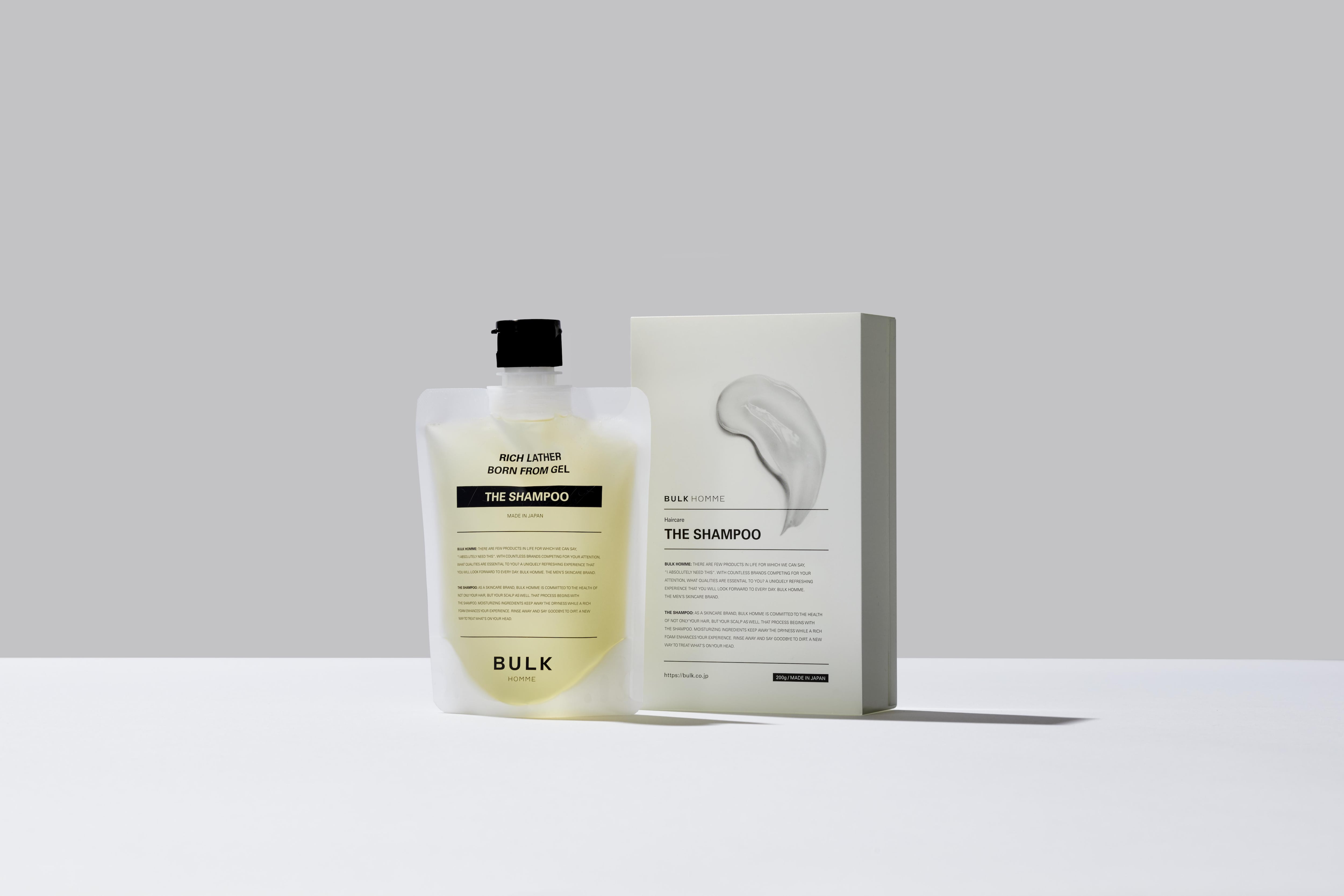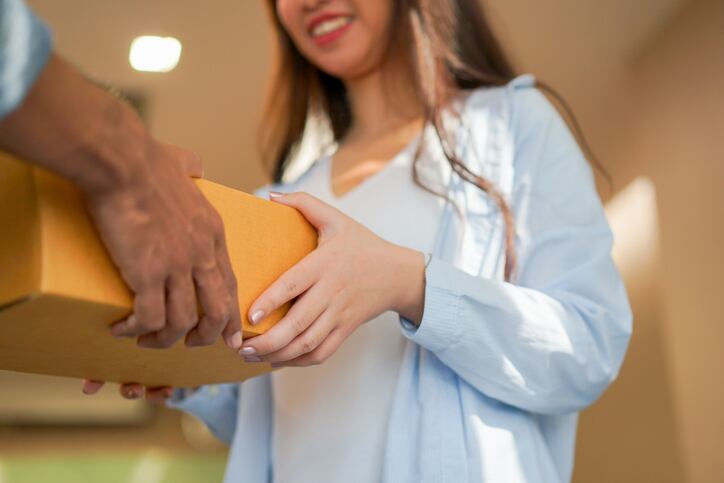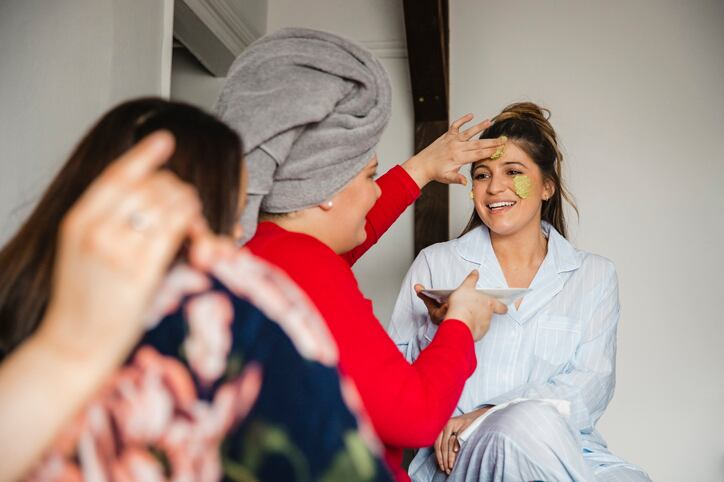With worldwide store closures and extensive nationwide lockdowns for months during the COVID-19 crisis, swathes of beauty brands and retailers turned to e-commerce. But now, as lockdowns continued to ease and retail slowly reopened, could pop-up stores and pick-up locations be beauty’s next smart move?
Florence Wright, senior retail analyst at e-commerce consultancy Edge by Ascential, believed so.
Pop-up stores are ‘low-risk’ and ‘low-cost’ testbeds
“The format is particularly relevant to the uncertainty surrounding retail and consumption in a post-COVID landscape as they are a relatively low-risk and low-cost testbeds for trends and experiences, which can then be applied to the wider store estate if successful,” Wright told CosmeticsDesign-Europe.
Operationally, she said these stores were also “more straightforward” when adapting to post-COVID needs, compared to legacy in-store operations. “Brands and retailers choosing to adopt this format will be able to easily design the store with social distancing in mind, giving a central focus to elements which promote this, such as digital try-ons or mobile checkouts.”
Michelle Smith, business director at retail design consultancy Fitch, agreed: “A pop-up strategy allows brands to address many of the critical considerations as we enter the next stages of the COVID pandemic – customer optimised product offering, flexibility in location, modularity in experience and connected commerce.”
Smith said pop-ups offered beauty brands and retailers two things in a post-pandemic world: re-engagement with consumers and ‘test and learn’ platforms for technologies, formats and products.
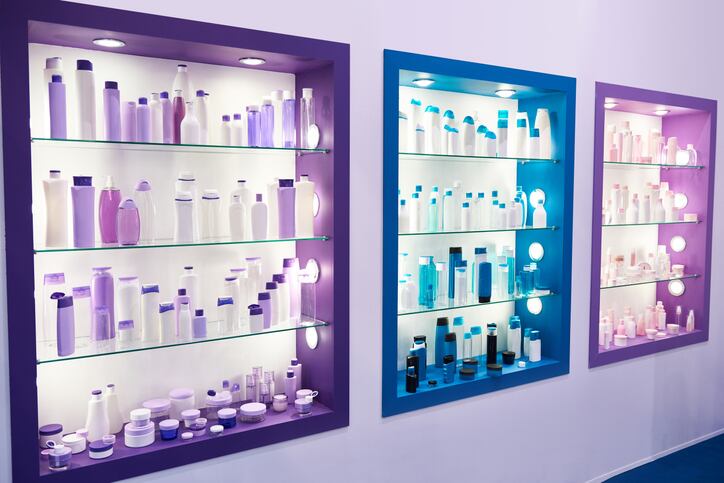
Traditional beauty stores were loved for being “dynamic and sensorial experiences”, she said, providing unique services, community gatherings and product trials – factors challenged under the current crisis. “The temporality of pop-ups offers brands and retailers the opportunity to move forward with speed and agility. In the beauty sector, they can provide an ideal testing lab for touchless trial, pick-up only locations, vending solutions, and unmanned experiences.”
‘Curbside pick-up’ – following in the footsteps of Starbucks
Smith said unmanned pop-ups were a particularly interesting opportunity for beauty, given the stark focus on hygiene in a post-COVID world. “Leveraging touchless tech – motion and voice activated touchpoints – could enable effective brand experiences, product trial and connection to services, either via video to staff or through AI,” she said.
There was also the option to create digital pop-ups, like Ted Baker had done in April with the launch of ‘Ted’s Bazaar’ – a temporary online retail space where all profits went to nominated charities.
Smith said beauty brands could also consider pick-up models, successfully implemented by the likes of Starbucks – a brand motivated to create the “most convenient and frictionless experience for ordering a cup of coffee”. Its launch of a mobile order only location in New York last year had been designed to drive convenience and consumer loyalty, she said, with a similar spot in Beijing.
“This is an immensely fortuitous launch from Starbucks who are always setting the curve. As we see curbside pick-up taking off across retailers, I think beauty could learn from Starbucks’ example of driving convivence for replenishment and gifting shopping missions,” she said.
Wright said there was also plenty of inspiration to be drawn from the beauty world, notably from Glossier – a “well-known leader in the pop-up space long before COVID-19” – and Huda Beauty that launched its first pop-up London store at the end of 2019.
Pop-ups for big and small beauty players
Wright said there were many big beauty brands that had leveraged pop-ups in the past for specific purposes, such as Shiseido with its multi-sensory pop-up in Singapore in partnership with retailer Watsons to showcase its heritage. But pop-ups also offered indie or niche brands a way to drive reach and acquire new shoppers, she said.
Smith agreed: “For indie brands, many without any permanent physical retail spaces, pop-ups offer that all important ‘in real life’ connection to a brand.”
And both Wright and Smith added that the pop-up concept could be leveraged by both, simultaneously – with collaboration between big and small brands and retailers.
“Given the cost investment for pop-ups, collaborated and curated pop-up spaces are an ideal way for both large beauty groups and indies to maximise investment,” Smith said.
Wright said: “Collaboration is a growing trend across retail, as retailers seek scale, efficiencies and new capabilities through brand partnerships. And we can feasibly see some of the larger beauty and drugstore retailers implementing pop-up stores inside their own estates. A good example of this is Walgreens with its Birchbox store inserts in the US.”
Post-COVID pop-up challenges
She said the biggest challenge for ensuring these beauty pop-ups worked in a post-COVID world would be would be balancing the appeal of beauty experiences with the continued requirement for social distancing.
Smith agreed: “This challenge will come with increased scrutiny and pressure on budgets, operating restrictions, staff health and wellbeing. Our advice to brands would be to consider a customer journey mapping exercise first and foremost; understand how consumers are behaving and identify the key areas on the journey for optimisation and think about how pop-ups can support a changing format strategy.”

